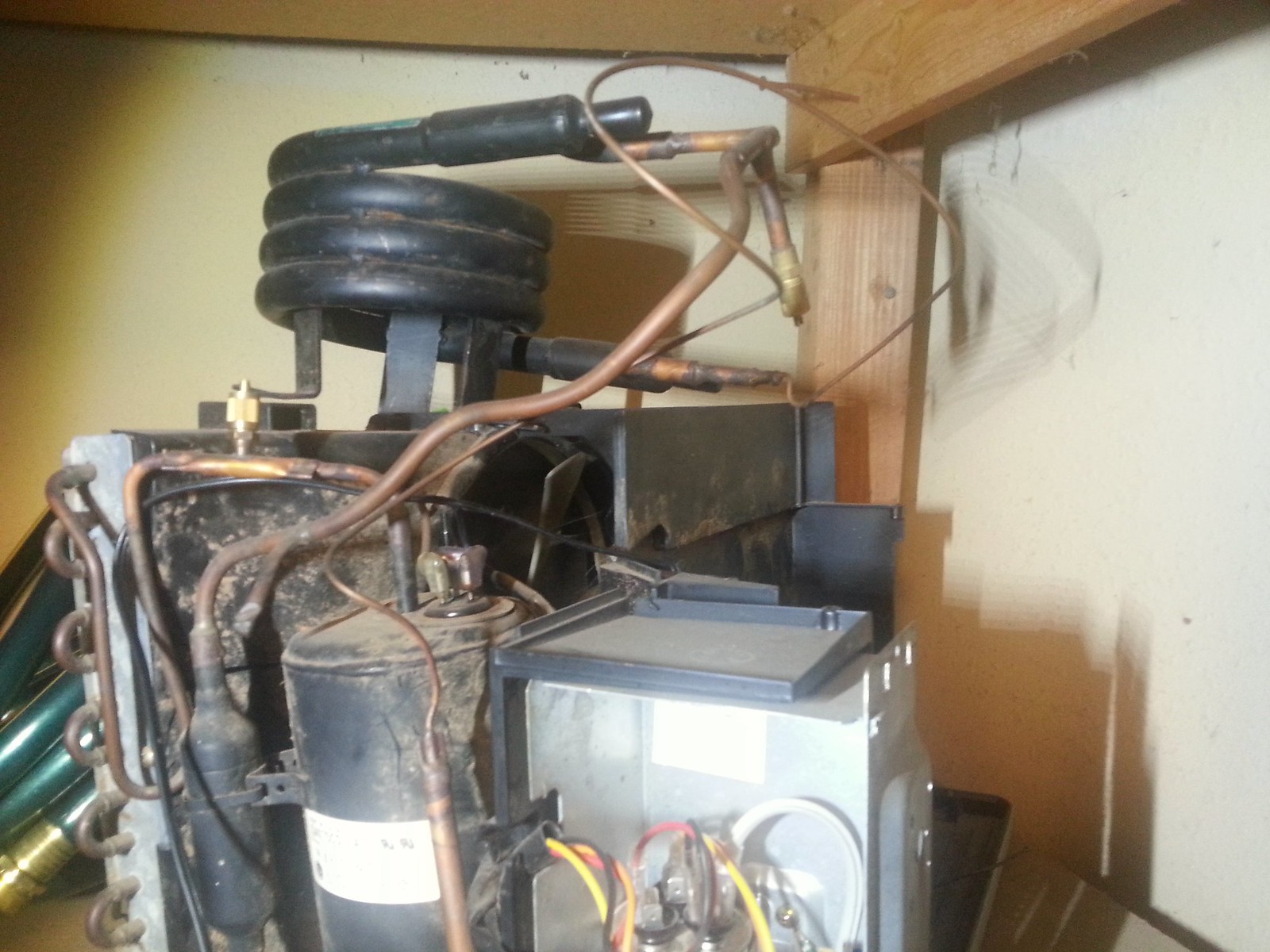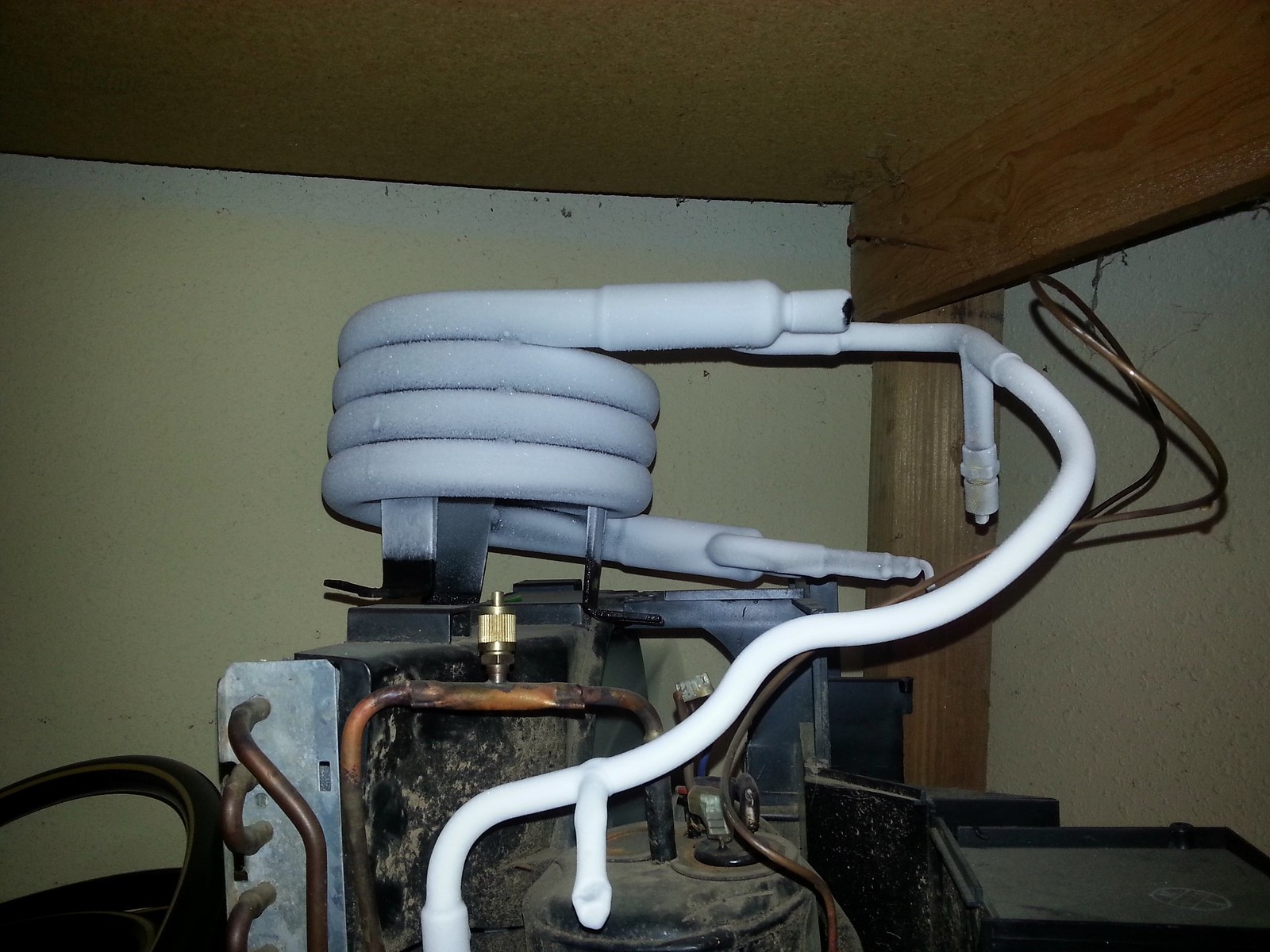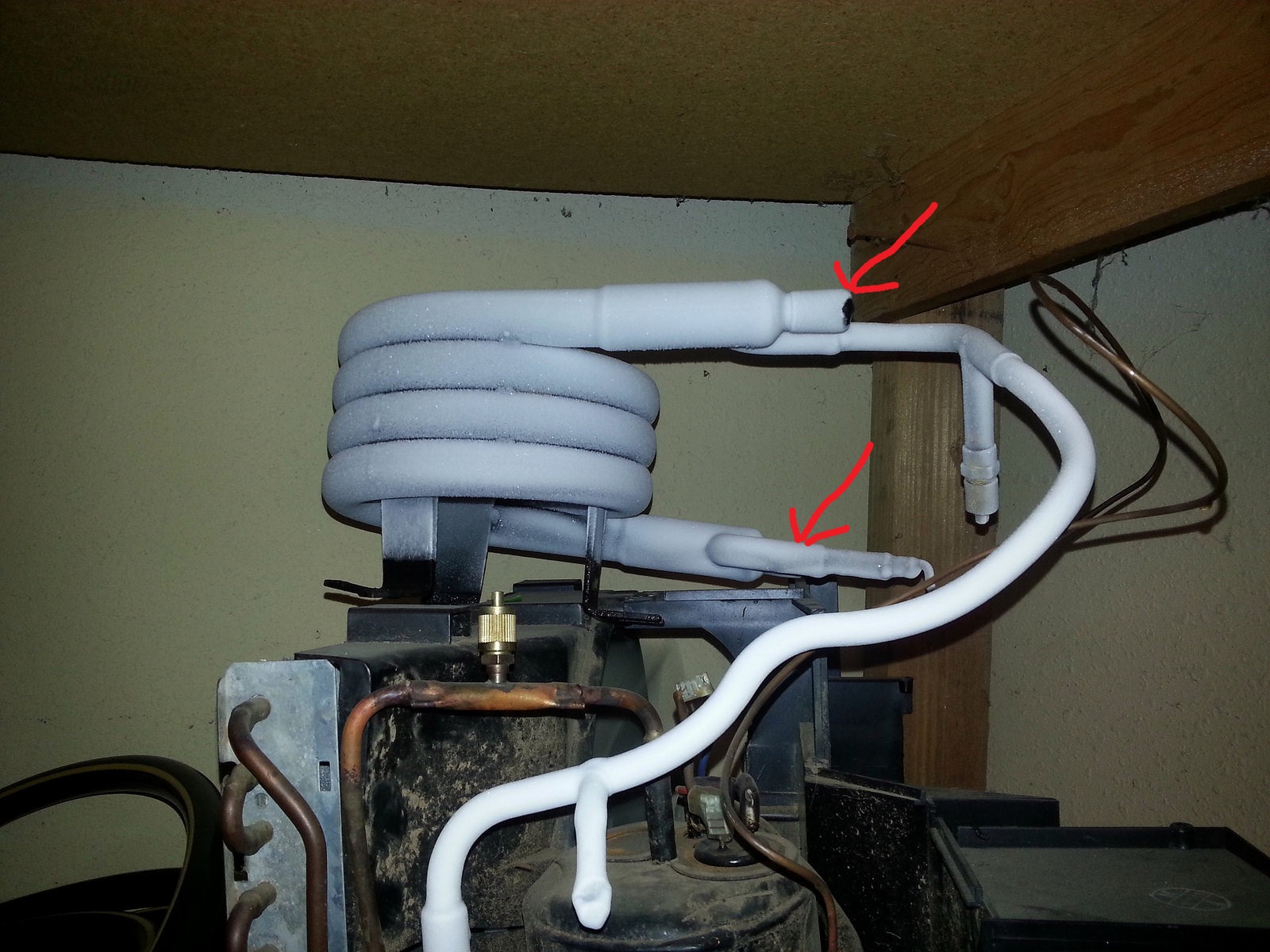ThomasO5608
Active Member
- Joined
- Feb 16, 2015
- Messages
- 36
- Reaction score
- 22
I'm curious if anyone has tried taking a counterflow chiller and making a closed loop system with an ac pump and some kind of refrigerant? Currently in the winter time with 54 deg ground water I can chill a 5 gal batch to 65 deg in 6 minutes. In the summer months chilling down to pitching temp is a struggle at best. I have been recycling the wort through the chiller and back into the boil kettle but I don't like to take it much below 140 deg for fear of contamination. Even doing that with 72 deg ground water I still don't like to pitch the yeast until I am below 70 deg. One other aspect of chilling wort that I don't like is the huge amount of wasted water that is used. Any input would be greatly appreciated.
Tom
Tom





